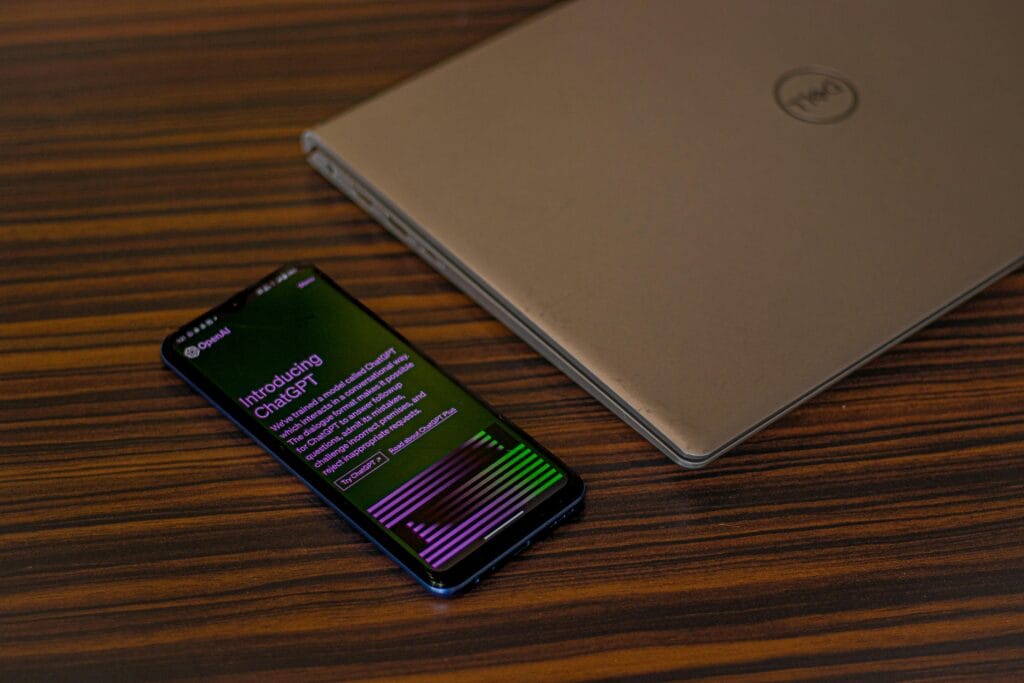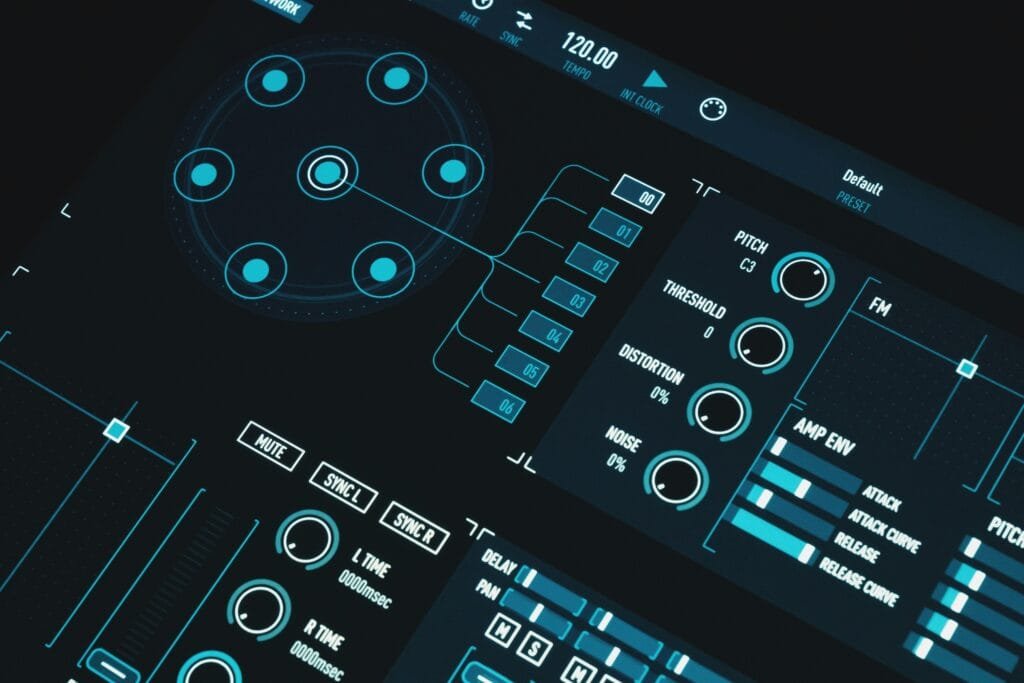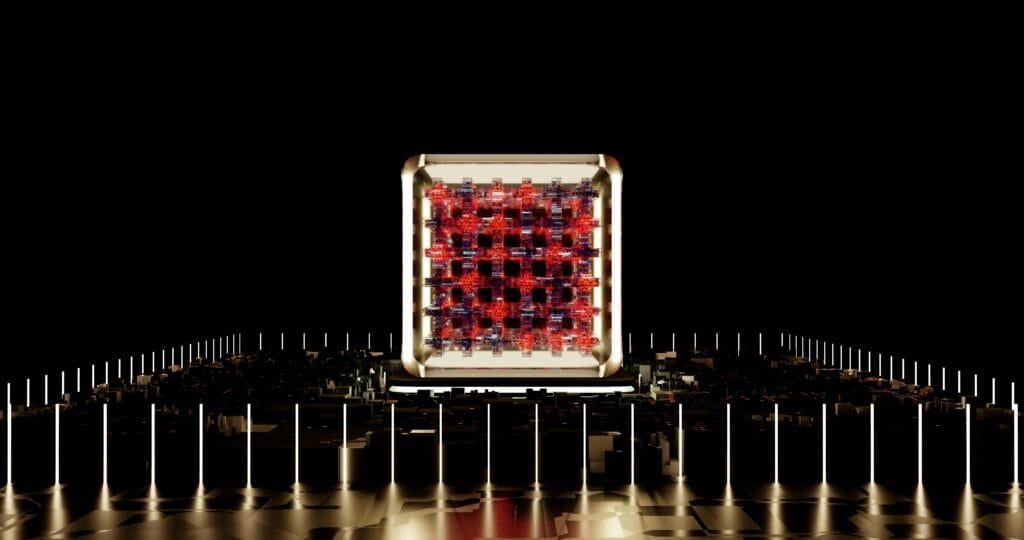
For over a decade, the smartphone has been the undisputed king of personal technology. It’s our window to the world, our primary communication tool, our entertainment hub, and our digital wallet, all rolled into one sleek glass-and-metal rectangle. But with every new iteration looking remarkably like the last, a sense of stagnation has crept in. Are we at “peak smartphone”? A growing number of innovators, investors, and consumers certainly think so, and they are desperately searching for the next big thing. Out of this desire for a new paradigm, two ambitious challengers have emerged, capturing the tech world’s imagination and sparking intense debate: the Humane Ai Pin and the Rabbit R1. Both promise a “post-smartphone” future powered by artificial intelligence, but their early stumbles have raised a critical question: Are these gadgets a glimpse of a brilliant future or just a fantastically expensive flop?
The Humane Ai Pin – A Wearable Vision with a Bumpy Reality
The Humane Ai Pin is perhaps the most audacious attempt to redefine personal computing in years. Birthed by ex-Apple visionaries Imran Chaudhri and Bethany Bongiorno, the Pin is built on a philosophy of “ambient computing.” The idea is to weave technology seamlessly into the fabric of our lives, freeing us from the tyranny of screens. The device itself is a small, two-part square that magnetically clips onto your clothing. It has no traditional screen. Instead, it projects a monochrome “Laser Ink Display” onto your palm for moments when visual information is essential. Its primary interface is your voice, supported by a camera and a suite of sensors.
On paper, the vision is seductive. You just talk to the Pin. “What’s the weather?” “Send a text to Mom saying I’ll be late.” “What was the name of that actor in that movie?” The device, powered by its own OS called Cosmos and a connection to powerful AI models (including GPT-4), is supposed to handle these requests intelligently and contextually. It features a “Trust Light” to indicate when it’s recording, a built-in camera for “AI-powered optical recognition,” and functions like real-time translation and nutritional information scanning. To use it, you need the device itself ($699) plus a mandatory $24 monthly subscription for data and AI access. The promise is a device that keeps you present in the world, not buried in a screen.
However, the reality of the first-generation Ai Pin has been, to put it mildly, rocky. Upon its release, reviews from major tech journalists and YouTubers were almost universally critical. The most famous of these, from Marques Brownlee (MKBHD), labeled it “the worst product I’ve ever reviewed… for now.” The complaints were consistent and severe. The device frequently overheats, sometimes becoming uncomfortable to the touch. Its response time for even simple queries can be painfully slow, often taking many seconds to process a request that a smartphone could handle instantly. The battery life is poor, often not lasting a full day, and requires swapping battery boosters. Most damningly, the core AI functionality is unreliable. It hallucinates answers, provides incorrect information, and struggles with basic commands. The futuristic palm projection is difficult to see in bright light and can be awkward to use. The consensus is that Humane has launched a beautiful, well-intentioned beta product at a premium final-product price.
The Rabbit R1 – A Pocket-Sized AI Agent for Your Apps
If the Humane Ai Pin is a philosophical statement about screenless ambition, the Rabbit R1 is its more pragmatic, and whimsical, cousin. Developed by a startup named Rabbit and designed in collaboration with Teenage Engineering, the R1 is a striking, bright orange square that fits in your palm. It has a small touchscreen, a physical scroll wheel, a rotating camera for vision tasks (dubbed the “Rabbit Eye”), and a push-to-talk button. At $199 with no subscription, its go-to-market strategy is immediately more accessible.
The R1’s core innovation isn’t about replacing your phone entirely but about becoming a universal controller for your digital life. It runs on Rabbit OS, which is built around a concept called a “Large Action Model” (LAM). Unlike a Large Language Model (LLM) like ChatGPT, which processes and generates information, a LAM is designed to learn and execute actions on digital interfaces. In theory, you can teach the R1 how to perform multi-step tasks within your favorite apps. You could say, “Book me an Uber to the airport,” and the LAM, having been trained on the Uber interface, would execute the entire process for you. You connect your accounts – Spotify, Uber, DoorDash – through a web portal called the “Rabbit Hole,” and the R1’s AI acts as your agent.
The reception for the R1 has been more mixed than for the Pin, but still highlights the challenges of this new category. Its supporters praise its speed (it’s significantly faster than the Pin), its charming design, and its more focused purpose. The concept of the LAM is powerful. However, reviewers quickly discovered that in its current form, the R1’s capabilities are limited. For many services, it appears to be using a web view or a relatively simple API call rather than a revolutionary AI agent. Its functionality is inconsistent; it might work for one user’s Spotify account but not another’s. Furthermore, the very idea of handing over your account credentials to a third-party AI raises significant security and privacy questions that Rabbit has been working to address. It’s a fun gadget and a great proof of concept, but it doesn’t yet feel like an essential tool.
Head-to-Head: A Clash of Philosophies and Execution
Comparing the Ai Pin and the R1 is fascinating because they attack the same problem from opposite angles. Humane is selling a lifestyle, an ambient, almost invisible computer that integrates into your person. Rabbit is selling a tool, a dedicated hardware remote for your apps. The Pin is a premium, subscription-based ecosystem. The R1 is an affordable, single-purchase gadget.
Yet, both have stumbled on the same fundamental hurdle: reality. The world is messy, and human intention is complex. Replacing the simple, tactile reliability of a smartphone app with a voice-only or AI-agent interface is monumentally difficult. We’ve been trained for years on the grammar of graphical user interfaces (GUIs)—we know how to tap, swipe, and scroll to get exactly what we want. Voice interfaces are prone to misinterpretation, and an AI agent can easily fail if an app’s interface changes slightly.
Both devices suffer from what could be called a “minimum viable product” problem. A smartphone, even a cheap one, can do a thousand things reasonably well. These new AI gadgets, in their first generation, do a handful of things poorly. They can’t reliably play a specific Spotify playlist, book a complex trip, or even guarantee a quick and accurate web search. This makes them novelty items rather than the productivity powerhouses they aim to be. They are solutions in search of a problem that the smartphone doesn’t already solve with incredible efficiency.
Beyond the Hype: What Do These Devices Mean for Tech’s Future?
It’s easy to dismiss the Ai Pin and R1 as failures. And commercially, in their current state, they might be. But their real value may not be in their sales figures, but in the conversations they’ve started and the boundaries they are pushing. They are important, tangible experiments that reveal the immense gap between the promise of AI and its practical application in consumer hardware.
These devices expose the core challenges ahead. First, AI models need to evolve from generating text to reliably performing actions and understanding nuanced, multi-step human intent. Second, new hardware is desperately needed. We need massive leaps in battery technology and low-power processing to make all-day, truly ambient computing possible. Third, the user interface for the AI era is still an unsolved puzzle. Voice is powerful but limited. Palm projections are clever but impractical. A truly intuitive, next-generation interface has yet to be invented.
The Ai Pin and R1 are sacrificial lambs, sent out into the wilderness to test the viability of a post-smartphone world. The lessons learned from their stumbles are invaluable, not just for them, but for the tech giants like Apple, Google, and Meta who are undoubtedly watching with intense interest. These larger companies have the resources, ecosystems, and patience to learn from these pioneers’ mistakes and eventually release more polished, integrated products.
The dream of a more humane, less intrusive form of technology is a noble one. The smartphone, for all its wonders, has created a culture of distraction, with our heads perpetually bowed to the glowing screen. The Humane Ai Pin and Rabbit R1 are the first flawed, fumbling, but brave steps toward a different future. They are not smartphone killers—not yet. They are more like the clunky PDAs of the 1990s or the first brick-sized mobile phones. They were not the final form, but they proved the desire was there and paved the way for the revolutions to come. The post-smartphone era didn’t arrive in 2024, but these ambitious gadgets have fired the starting pistol on the race to create it. The future of personal technology just got a lot more interesting.
1. MKBHD. (2024, April 24). The Worst Product I’ve Ever Reviewed… For Now. YouTube. Retrieved from https://www.youtube.com/watch?v=TitZV6k8zfA
2. The Verge. (2024, April 30). Rabbit R1 Review: A Fun, Flawed Glimpse at an AI Future. Retrieved from https://www.theverge.com/24143048/rabbit-r1-review-ai-gadget
3. Wired. (2024, May 1). The Humane AI Pin and Rabbit R1 Are Here to Save Us From Our Phones. Retrieved from https://www.wired.com/story/humane-ai-pin-rabbit-r1-wearable-ai-assistants/
4. Humane. (n.d.). Ai Pin. Retrieved from https://humane.com/ 5. Rabbit. (n.d.). rabbit r1. Retrieved from https://www.rabbit.tech/






